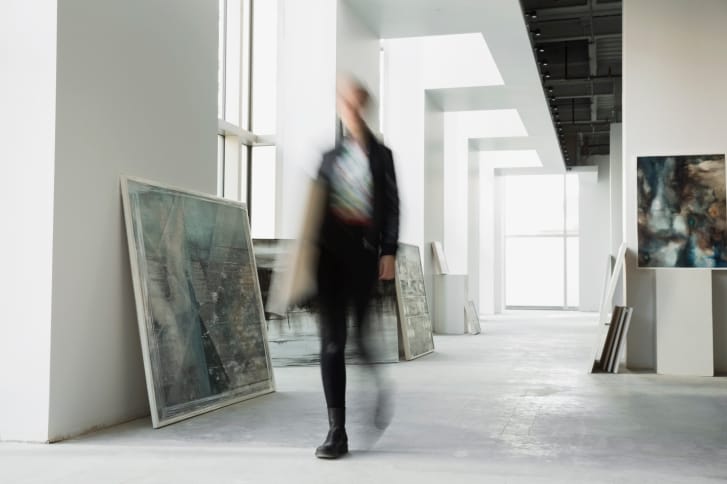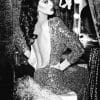
What should I look out for when I buy art?
“The first thing you need to remember is that collecting art and investing in art are two different things. People invest in art specifically to make money, so if you are thinking of investing and don’t have a strong knowledge of fine art, you will need an expert adviser. Investors don’t have the same attachment to the pieces they buy, ultimately because the artworks are bought to be sold. People collect art because they love it – if you’re buying art for your home you should follow your own instincts. Having said that, it’s still important to be vigilant about the quality and price of the art you buy.”
How do I know the value of pieces I buy won’t drop soon after my purchase?
“The first step is to make sure you purchase the work at a fair price. As with every market, competition changes the game. From this perspective, every website that sells art and indicates its prices helps to improve transparency. Another advantage of online platforms such as Artsper is that their exhibitors commit to offering you a specific price. The exhibitions, museums and collections where the artist is represented can give you a good indication on the sustainability of the artist’s work. Most websites will provide a biography and exhibition list for each artist. As a general rule, the prices of prints by renowned artists are more stable than prices of unique works by mid-career artists.”
How do I know which websites are reputable?
“In my opinion, art platforms are made to provide the public with a wider choice: of artworks, of movements, of influences. Our role is to build bridges between art lovers and art professionals. With this criteria, I’d define a good website as a platform that works with professional art galleries, thus giving collectors a guarantee from both the website and the gallery. Artsy, Artspace, Artsper and Artnet are all renowned for working closely with galleries and art institutions. Another great site for collectors isExpertissim; it’s a company that estimates the value of artworks and objects, and also sells from the secondary market.”
How do I spot a counterfeit?
“Do you remember the story of Guy Ribes? He painted hundreds of fakes – including copies of artworks by Picasso, Chagall, Dalí and Renoir – without being discovered as a fraud. Even Chagall’s daughter couldn’t tell the difference between the real Chagall canvas and the fake Ribes canvas. My point is that even top art collectors can find it difficult to spot a counterfeit. The good thing with contemporary art is that the artists themselves like to keep an eye on what is exhibited where and by whom. If a counterfeit was exhibited online under their name they would alert the website immediately. In that respect, the online art market helps to clamp down on art fraud. Another way to protect yourself from art scams is to buy from the primary market. This refers to works that have never been sold before, and you would buy the art either directly from the artist or from a gallery that represents the artist. It makes it easier to trace the origin of the work, and is the reason why Artsper’s galleries are working on the primary market.”
How do I start a collection?
“I had this conversation the other day with a collector who is a friend of mine. He said that you should set yourself a budget and, working from that, find the best pieces you can within that price range. My advice would be to buy the work that moves you. If you feel something strong each time you look at it, you know you’ve made the best possible investment.



